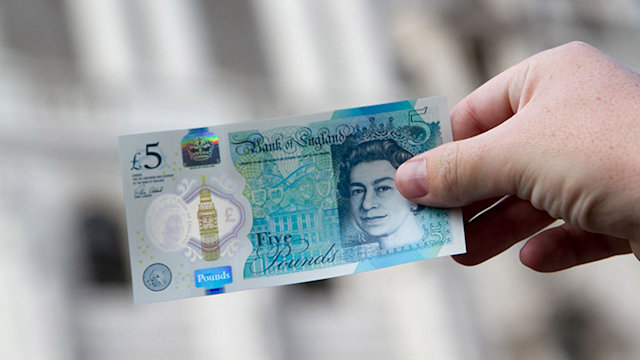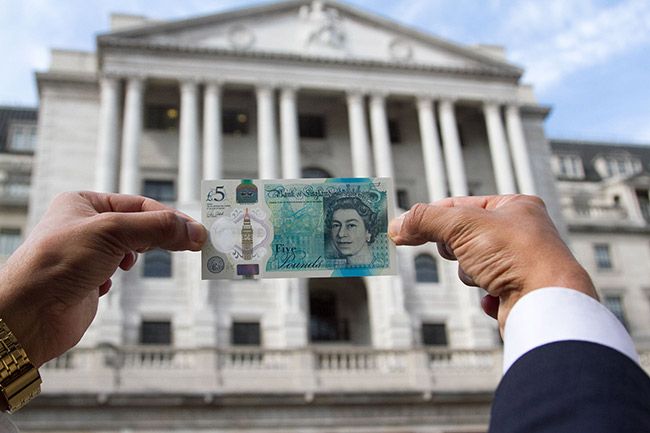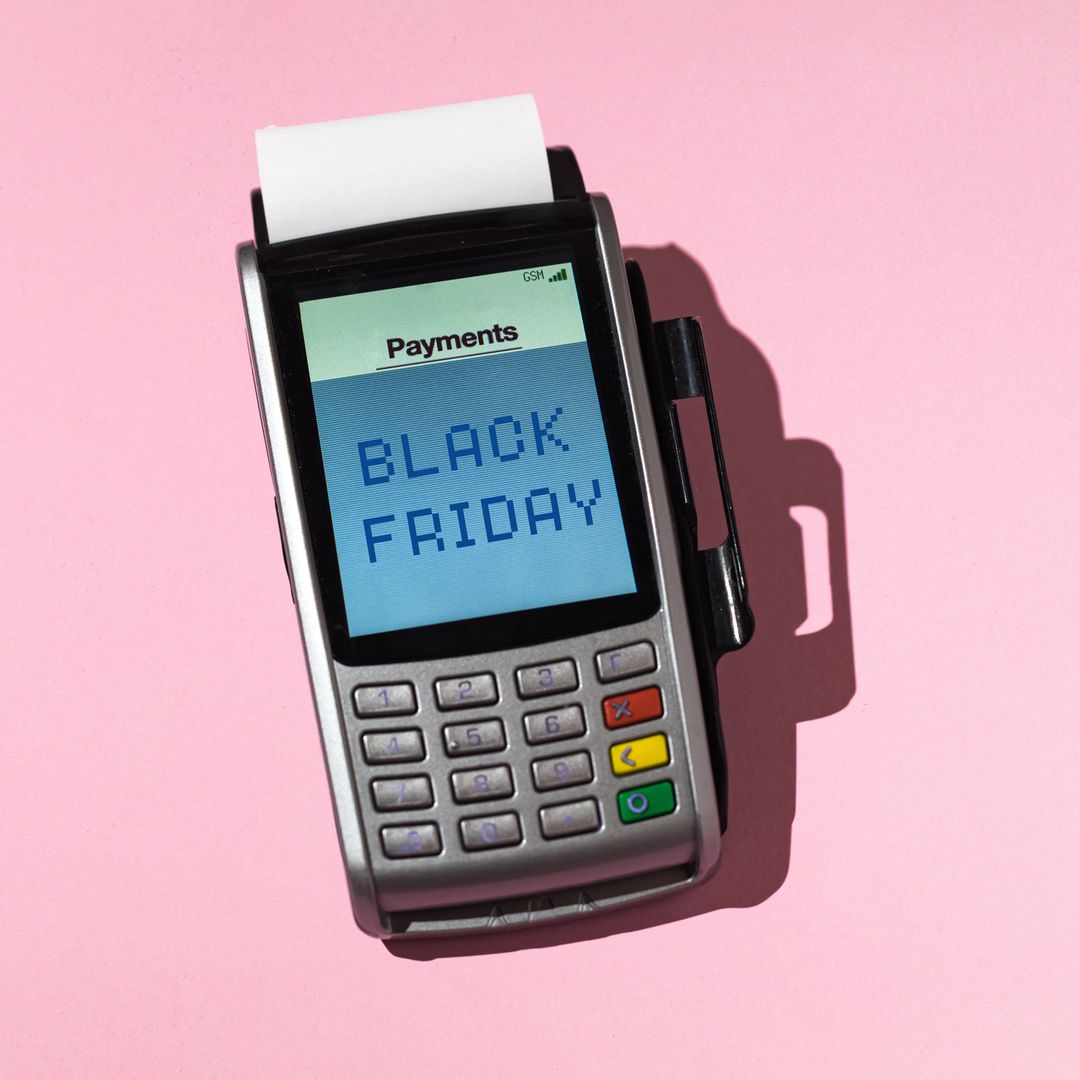Members of the public don't have long to spend their old £5 notes. The paper notes will cease to become legal tender on Friday 5 May, and will no longer be accepted in shops, restaurants and other retail spaces. People are being encouraged to take their old notes to a bank, building society or Post Office to exchange them for the new polymer version. The new version has been in circulation since last September and feature the portrait of Sir Winston Churchill. They have increased security features and are harder to counterfeit.
The new £1 coin starts circulation
But there's good news for Londoners who don't manage to exchange their notes before 5 May. All Bank of England notes retain their face value forever, which means you can take them into the Bank of England in London and exchange them there any time after the May date. You can also take in accidentally damaged, mutilated or contaminated banknotes, providing there are sufficient fragments.
The old £5 note has gradually been withdrawn from circulation since last year. Paper notes issued by banks in Scotland and Northern Ireland, however, are not affected by the change and are not being withdrawn. The three Scottish banks, Clydesdale Bank, Bank of Scotland and RBS have also started to print their £5 notes on polymer for extra security measures.
In other news, the new 12-sided £1 coin became legal tender on 28 March. The old £1 coin will remain in circulation until midnight on 15 October 2017 when it loses its legal tender status. The new £1 coin has been hailed "the most secure coin in the world". It contains a hidden high-security feature built into it, to protect it from counterfeiting. The coin's distinctive shape also makes it instantly recognisable.










